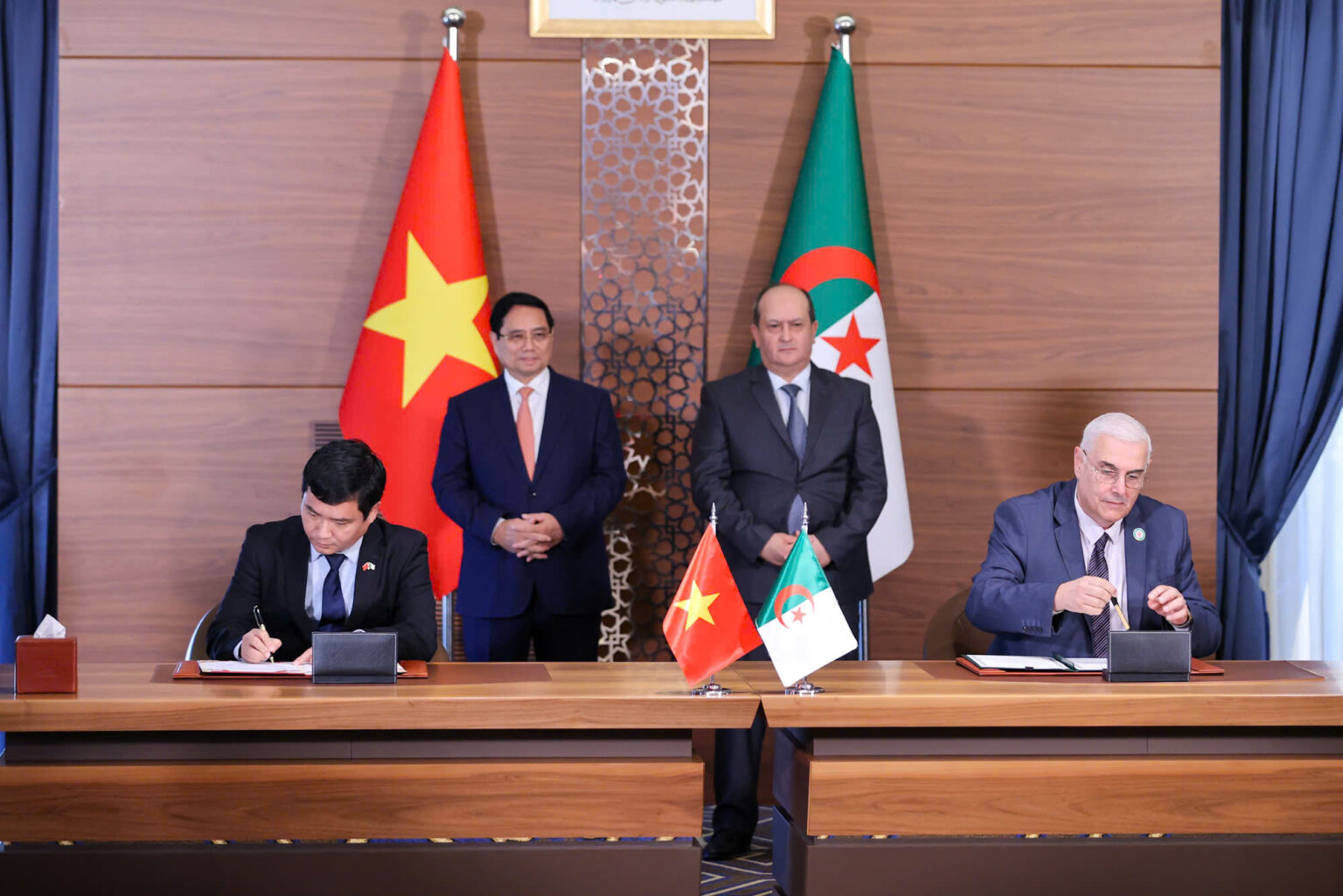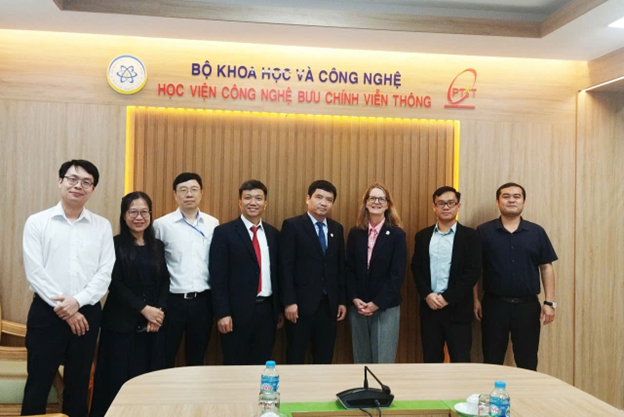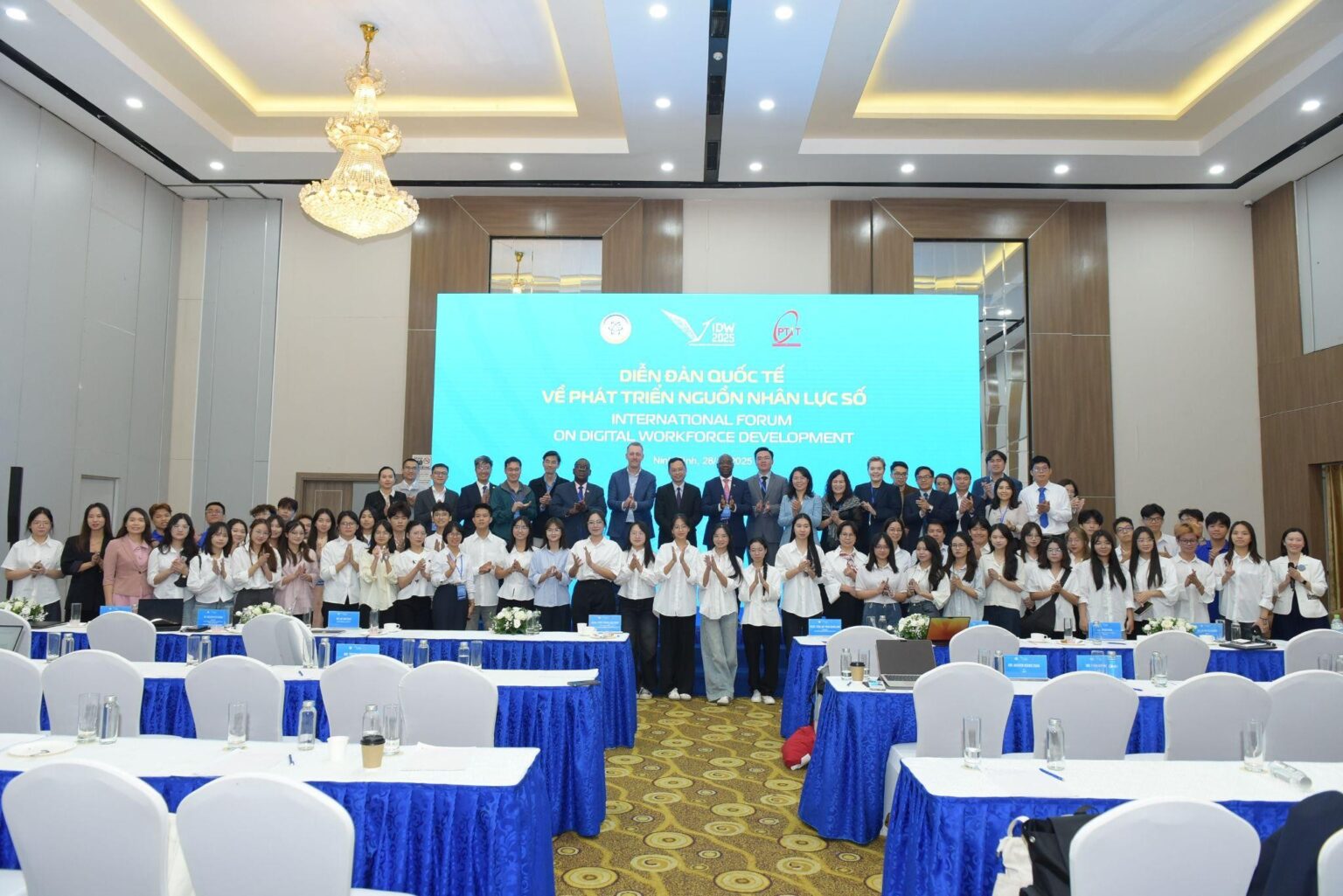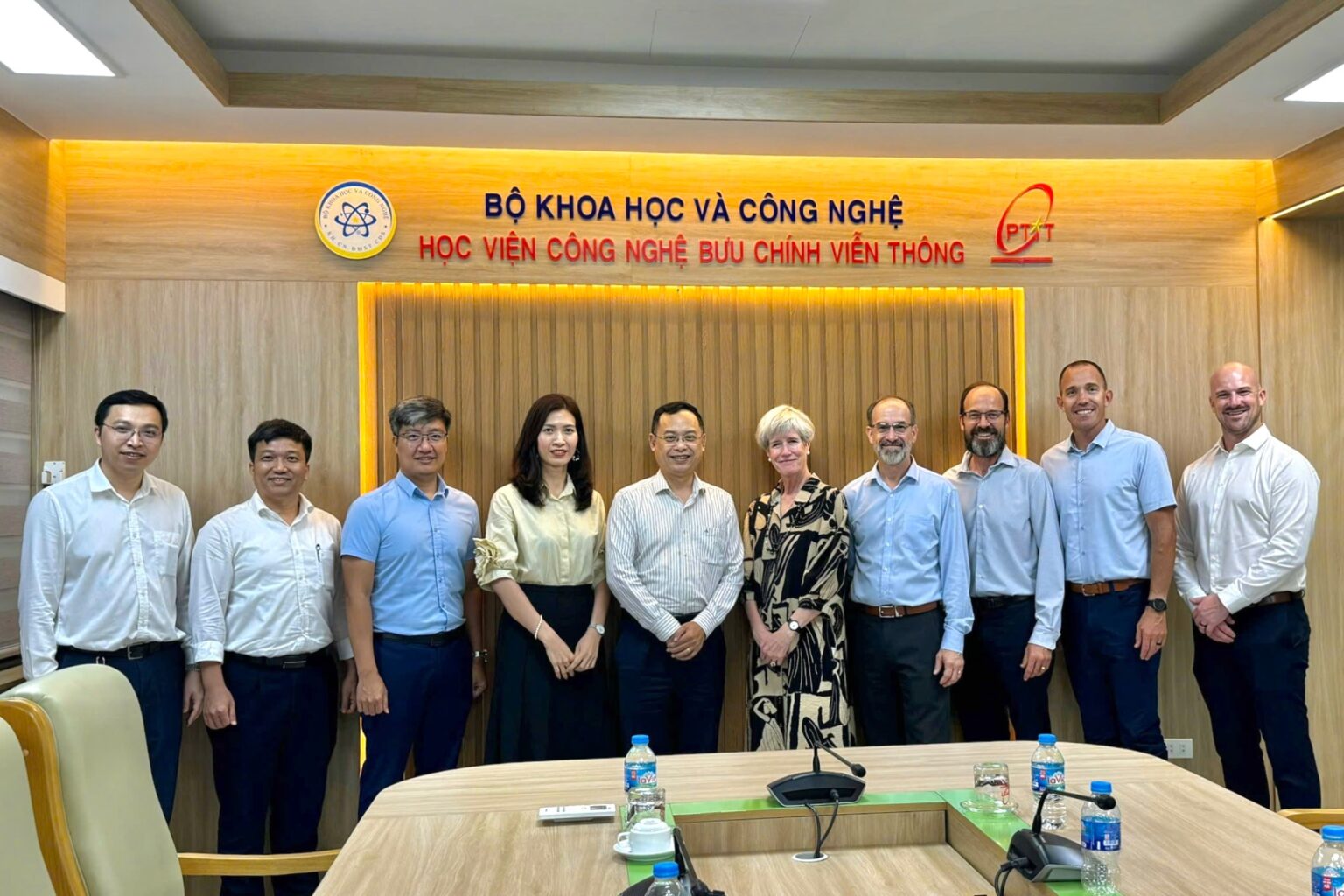Hanoi, November 10, 2025 – The VinFuture InnovaConnect 2025 event, themed “The Role of 6G and IoT in Shaping the Architecture of Next-Generation Converged Communication Networks,” took place at the Posts and Telecommunications Institute of Technology (PTIT). The event, co-organized by the VinFuture Foundation and PTIT, brought together dozens of domestic and international experts and scientists, along with nearly 300 students.

Assoc. Prof. Dr. Dang Hoai Bac, President of the Posts and Telecommunications Institute of Technology, presenting flowers to the speakers and guests.
The event aimed to introduce the latest research trends and breakthroughs in 6G, the Internet of Things (IoT), and smart communications. It also served as a forum to discuss architectural models capable of meeting the diverse needs of industry, urban systems, and society, opening the door for international cooperation to build a smart, connected future.

Dr. Nguyen Viet Hung – Deputy Head of Science, Technology Management and International Cooperation Department of PTIT delivering the opening remarks.

Dr. Thai-Ha Le, Managing Director of the VinFuture Foundation, delivering a speech at the event.
Over the past decade, breakthroughs in science and technology have ushered in the 6G era, where wireless systems are deeply integrated with Artificial Intelligence (AI) and Machine Learning (ML). Today’s communication networks not only transmit data but also enable unprecedented advancements, demanding an integrated 6G-IoT ecosystem and global collaboration.
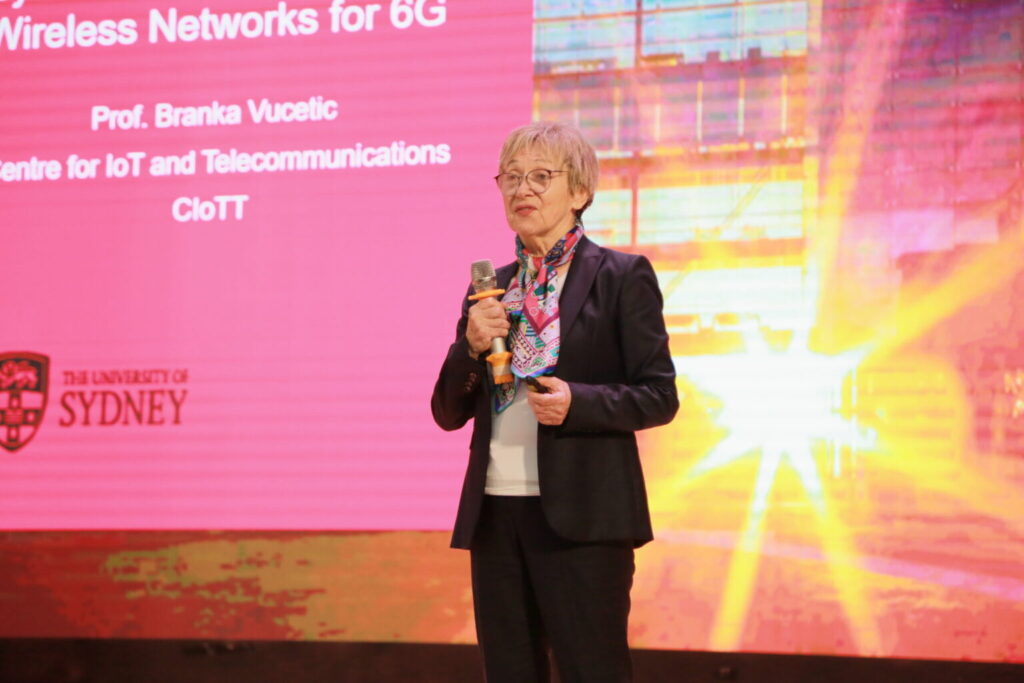
Prof. Branka Vucetic – Director of the Centre for IoT and Telecommunications School of Electrical and Computer Engineering, the University of Sydney
At the event, Prof. Branka Vucetic presented on “Beyond Shannon: Intelligent Wireless Networks for 6G.” She pointed out that Shannon’s theory, the foundation of communications for the past 70 years, focuses on “bit” transmission and is no longer sufficient for the extreme requirements of 6G. The future of 6G, she argued, demands a model that transmits the “meaning” of information rather than just bitstreams. To achieve this, she introduced AI-augmented hybrid system designs and Graph Neural Network (GNN) based decoders.
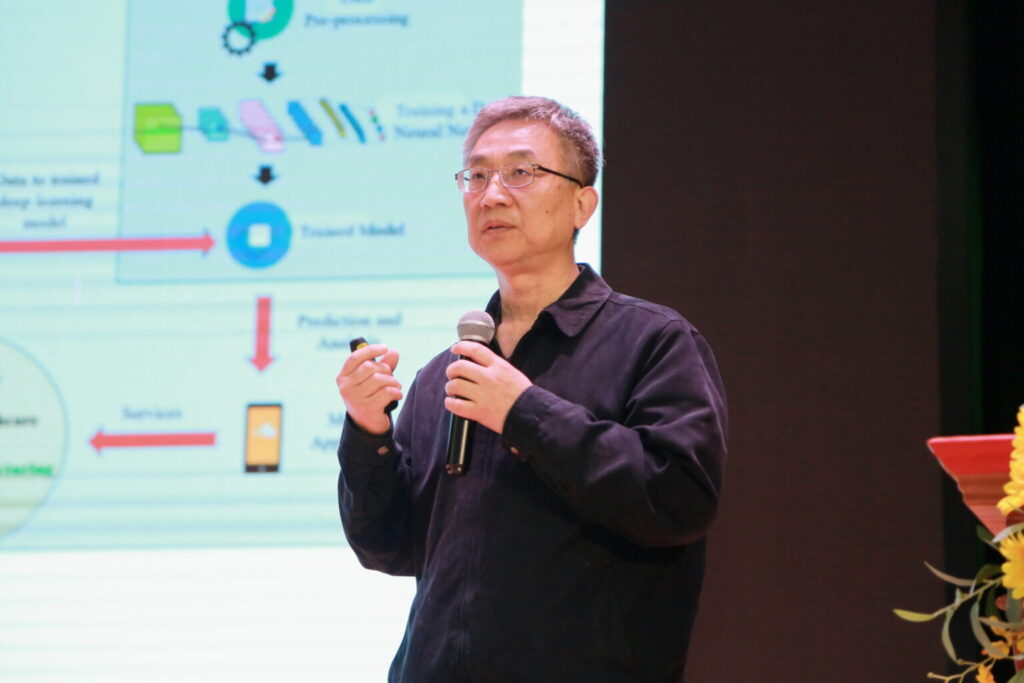
Assoc. Prof. Zihuai Lin – Centre of IoT & Telecommunications School of Electrical and Computer Engineering, the University of Sydney.
Following this, Assoc. Prof. Zihuai Lin presented on “Artificial Intelligence of Things for Digital Health.” He emphasized the shift from a reactive to a proactive, patient-centric healthcare model. He introduced practical AIoT applications currently in development, such as: using AI for the analysis and early detection of Atrial Fibrillation; contactless sensing technology using WiFi signals to monitor human activity while protecting privacy; and a medical device to track and prevent pressure injuries for long-term patients.

Assoc. Prof. Dang The Ngoc – Vice Dean of Telecommunications Engineering Faculty 1, Research Director of Australia-Vietnam Strategic Technologies Center, Head of WiSA Lab PTIT.
Representing the Posts and Telecommunications Institute of Technology, Assoc. Prof. Dr. Dang The Ngoc presented on “Internet from the Sky: Connecting the Unconnected.” He pointed out that 2.6 billion people worldwide still lack internet access, creating a profound digital divide. Furthermore, he noted that terrestrial networks are vulnerable to natural disasters.
The proposed solution is the development of a Space-Air-Ground Integrated Network. This network utilizes satellites, high-altitude platforms (HAPS), and unmanned aerial vehicles (UAVs) to provide “extreme coverage”—one of the core requirements of 6G. He also highlighted research into Free-Space Optics (FSO) as a potential solution to address RF spectrum congestion, despite remaining challenges related to clouds and atmospheric turbulence.
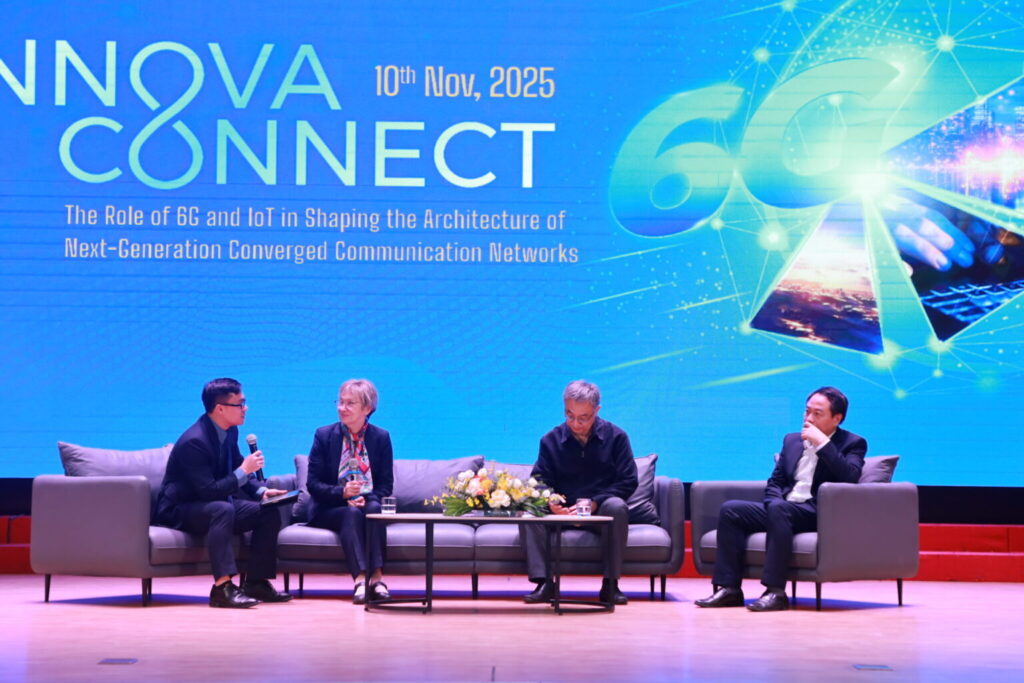
The panel discussion on the theme “The Role of 6G and IoT in Shaping the Architecture of Next-Generation Converged Communication Networks”
The event concluded with a lively panel discussion moderated by Dr. Nguyen Viet Hung. The experts praised initiatives like InnovaConnect for creating a space for the research community to share testbeds, datasets, and facilities to validate new ideas on a large scale.
Some photos at the Event:
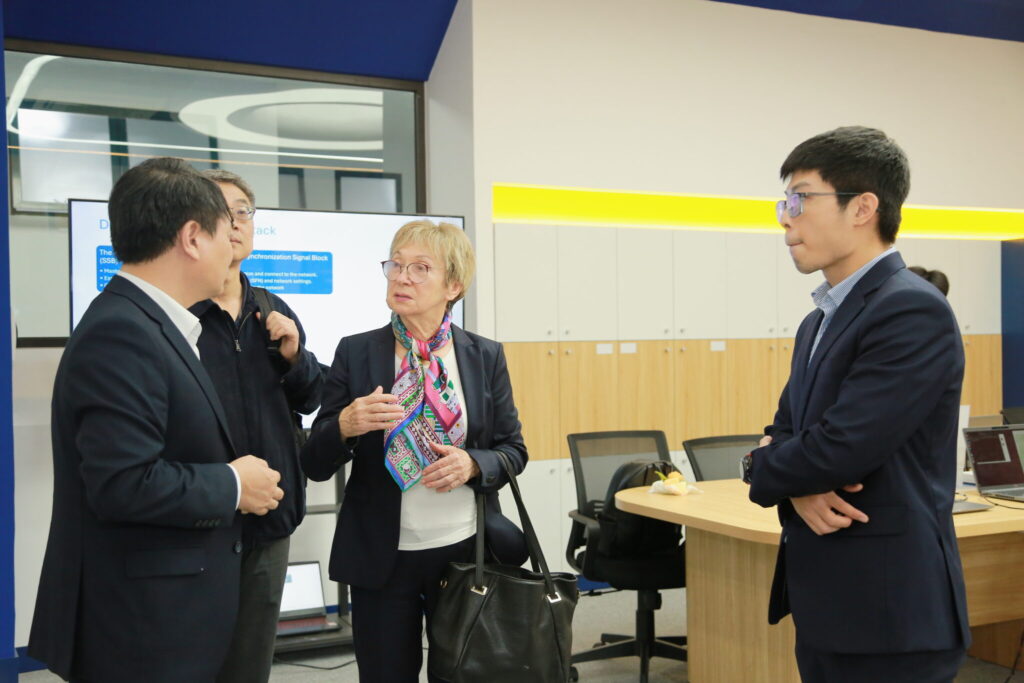
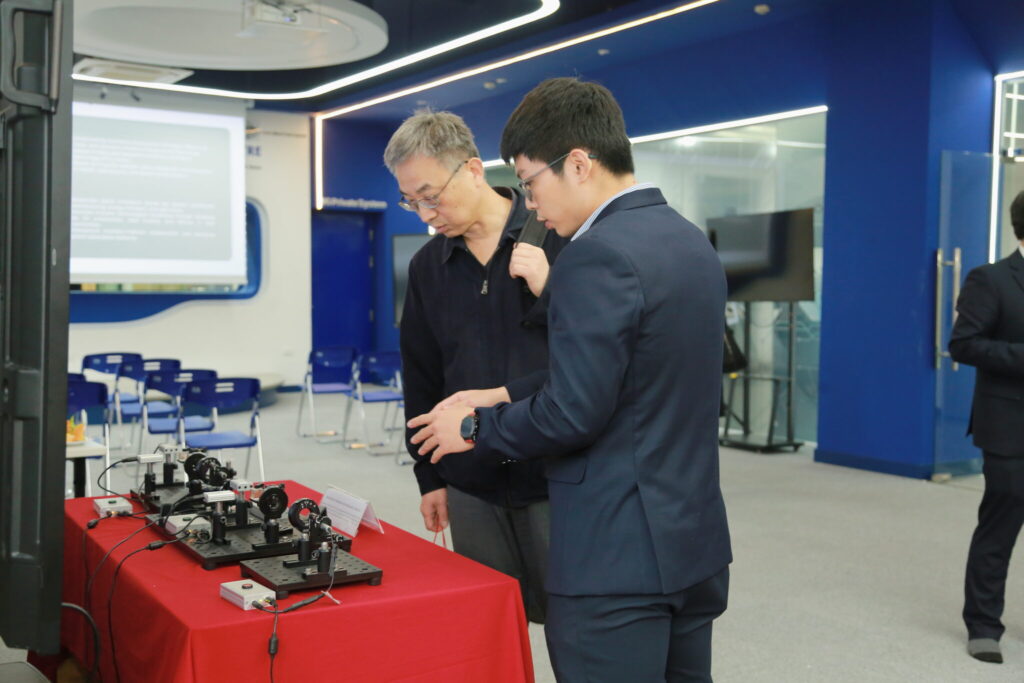
Professors from the University of Sydney visit the Australia-Vietnam Strategic Technologies Centre at the Posts and Telecommunications Institute of Technology.
